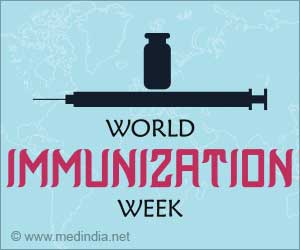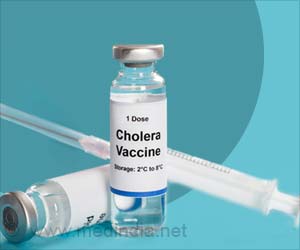A new study has provided some of the first evidence that the use of cholesterol-lowering statins before cardiac surgery decreases the odds of postoperative delirium in elderly patients.
Previous studies have shown that statins reduce the incidence of morbidity and mortality after cardiac and major non-cardiac surgery. Statins have also been shown to be protective in central nervous system injury.However, the new study by anesthesiologist Rita Katznelson, M.D., and her group from Toronto General Hospital could be the first to provide proof of a link between statin use in cardiac surgery and a decrease in delirium.
Delirium is a common complication after cardiac surgery associated with prolonged length of stay in the hospital, increased health costs and higher mortality.
"The underlying mechanism of delirium is unknown. However, identifying factors that can stop or provoke this condition may help to understand the disease better and create strategies to prevent it," said Dr. Katznelson.
The incidence rate of delirium after cardiac surgery is thought to be in the range of 3-47 percent, but depends on several variables, including older age, preoperative depression and the complexity of the surgery, among others.
"Of the 1,059 patients we analyzed, 11.5 percent had delirium at any time during their cardiovascular intensive care stay. After adjusting for several variables in these patients, we found that the administration of statins had a statistically significant protective effect, reducing the odds of delirium by 46 percent," said Dr. Katznelson.
Advertisement
The study is published in the January 2009 issue of Anesthesiology.
Advertisement
PRI/SK














